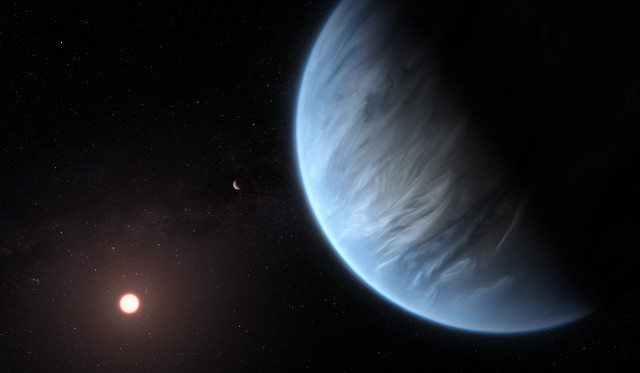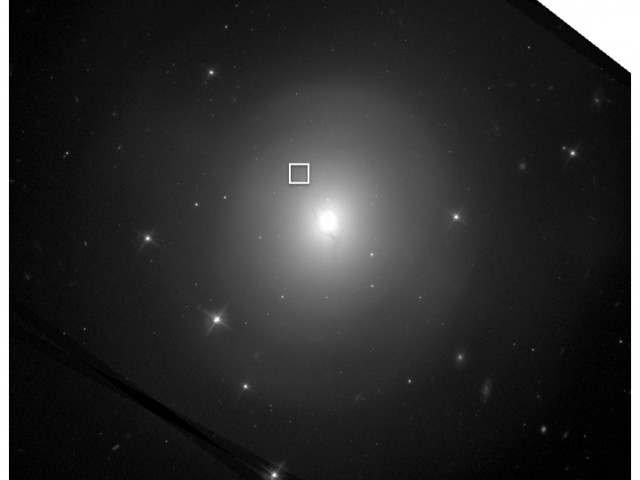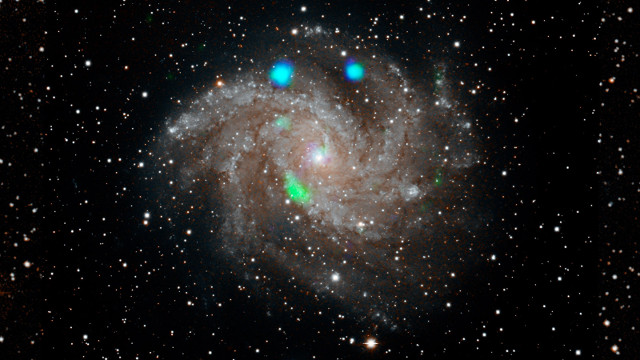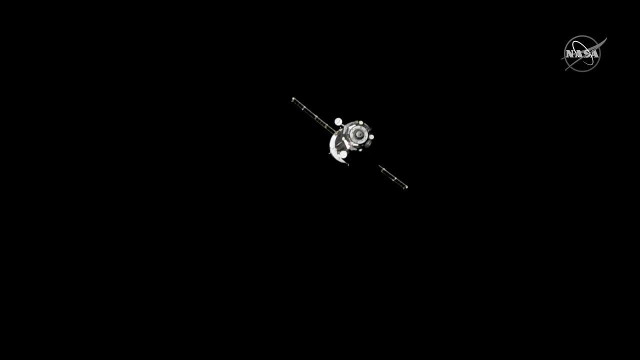
K2-18b is the first super-Earth with an atmosphere in which water vapor has been detected
An article published in the journal “Nature Astronomy” reports the detection of water vapor in the exoplanet K2-18b’s atmosphere mainly thanks to the Hubble space telescope. This exoplanet is in its system’s habitable zone and this made it interesting since this super-Earth was discovered in 2015. It’s the first detection of water vapor in an exoplanet of that type but it’s still too soon to assess its habitability potential because the detections are not precise enough to define the percentages of other molecules such as hydrogen and helium and to understand if there are clouds.





